Related Research Articles
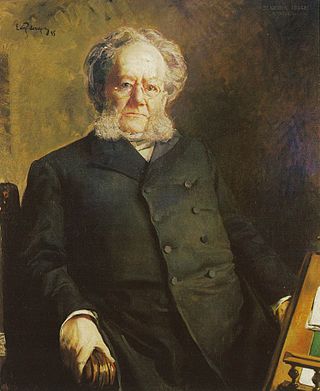
Henrik Johan Ibsen was a Norwegian playwright and theatre director. As one of the founders of modernism in theatre, Ibsen is often referred to as "the father of realism" and one of the most influential playwrights of his time, as well of one of the most influential playwrights in Western literature more generally. His major works include Brand, Peer Gynt, Emperor and Galilean, A Doll's House, Ghosts, An Enemy of the People, The Wild Duck, Rosmersholm, Hedda Gabler, The Master Builder, and When We Dead Awaken. Ibsen is the most frequently performed dramatist in the world after Shakespeare, and A Doll's House was the world's most performed play in 2006.

Skien is a municipality in Telemark county, Norway. It is located in the traditional district of Grenland, although historically it belonged to Grenmar/Skiensfjorden, while Grenland referred the Norsjø area and Bø. The administrative centre of the municipality is the city of Skien, which is also the administrative centre of the whole county. Some of the notable villages in the municipality include Åfoss, Hoppestad, Klovholt, Luksefjell, Melum, Kilebygda, Skotfoss, Sneltvedt, and Valebø.

The Paus family is a Norwegian family that first appeared as members of the elite of 16th-century Oslo and that for centuries belonged to Norway's "aristocracy of officials" as priests of the state church, judges and other higher government officials, especially in Upper Telemark. Family members later became involved in shipping, steel and banking. The family is particularly known for its close association with Henrik Ibsen.

Adolph Tidemand was a noted Norwegian romantic nationalism painter. Among his best known paintings are Haugianerne and Brudeferd i Hardanger, painted in collaboration with Hans Gude.

Tancred Ibsen was a Norwegian military officer, aviator, film director and screenwriter.

Olav Dalgard was a Norwegian literary and art historian, filmmaker, author and educator.
Knut Helle was a Norwegian historian. A professor at the University of Bergen from 1973 to 2000, he specialized in the late medieval history of Norway. He has contributed to several large works.

The Norwegian Ibsen Award is awarded to promote Norwegian drama and is awarded only to playwrights.
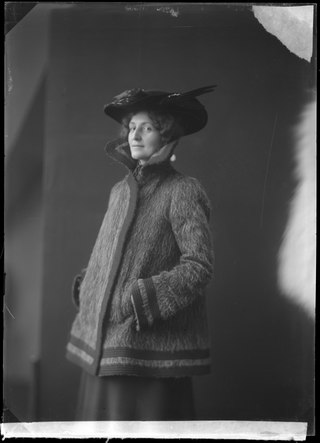
Agnes Mowinckel was a Norwegian actress and theatre director. Born in Bergen into a distinguished family, she became Norway's first professional stage director. A pioneer in bringing painters to the theatre, she used light as an artistic element, and engaged contemporary composers. She took part in theatrical experiments, worked at small stages in Oslo, and founded her own theatre.

Carsten Henrik Hopstock was a Norwegian museum curator and art historian.

Dalen Hotel is a historic hotel located at Dalen in the municipality of Tokke in Telemark, Norway. The luxury Dalen Hotel, once a popular locale for European royalty, is one of the largest wooden buildings in Norway and one of the best preserved hotels of its size from the 1800s.
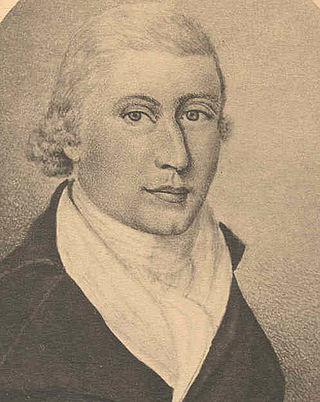
Ole Paus was a Norwegian ship's captain, shipowner and land owner, who belonged to the patriciate of the port town of Skien from the late 18th century. He is noted as the stepfather of Knud Ibsen (1797–1877) as well as being the uncle of Marichen Altenburg (1799–1869) the parents of noted playwright Henrik Ibsen (1828–1906).
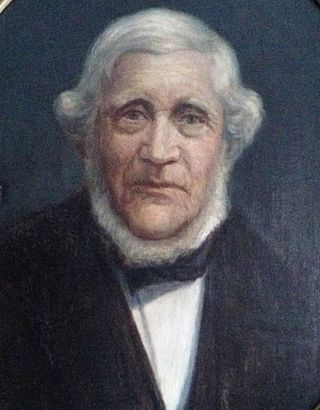
Christopher Blom Paus was a Norwegian shipowner, merchant and banker.

Sir Hans Povelsson Paus was a Norwegian priest and poet. He was parish priest in Kviteseid from 1683 until his death. A popular man in his parish who learned the local dialect, he is noted for being the first to write poetry in dialect in Norway. His poem Stolt Anne, written in the Kviteseid dialect, became a popular folk song in Telemark. 12 verses were included in Norske Folkeviser (1853) by Magnus Brostrup Landstad and Henrik Ibsen, a relative of Hans Paus, paraphrased the poem in the drama Lady Inger of Ostrat. The poem honored Anne Clausdatter, the owner of Borgestad Manor and a relative of Paus. She rewarded him with an agricultural property (Bukkøy) for it. He owned several agricultural properties in Kviteseid.

Carl Stousland was a Norwegian merchant, banker and politician.
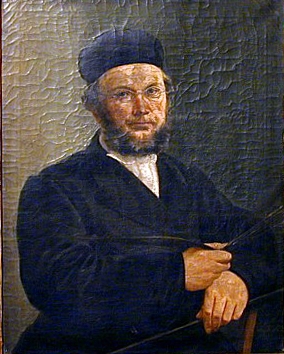
Gustav Adolph Lammers was a Norwegian priest, architect, artist and member of parliament. He founded the country's first dissenter congregation, the first church to officially break away from the Church of Norway.
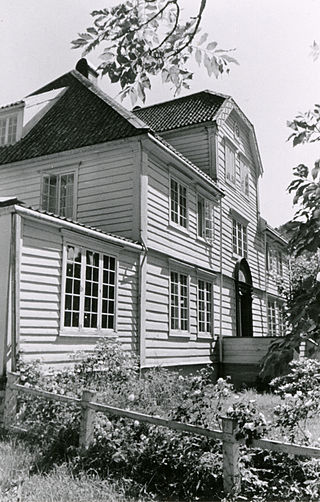
Solnør is a Norwegian farm in Skodje in Møre og Romsdal county.
Peder Carolus Jonsen Fylling, also known as Per Fylling, was a Norwegian folk material collector, book and antique collector, local historian, and author of cultural history books and articles.
Alfred Solaas was a Norwegian actor, film director, and theater director. He was engaged for many years at the Oslo New Theater.
Johan Brun was a Norwegian photographer.
References
- ↑ Aanderaa, Dag. "Einar Østvedt". In Helle, Knut (ed.). Norsk biografisk leksikon (in Norwegian). Oslo: Kunnskapsforlaget. Retrieved 25 January 2013.
- ↑ Godal, Anne Marit (ed.). "Einar Østvedt". Store norske leksikon (in Norwegian). Oslo: Norsk nettleksikon. Retrieved 25 January 2013.